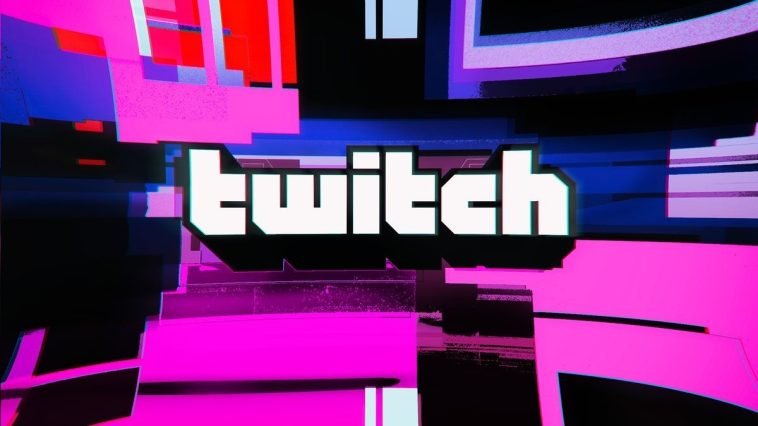Introduction.
Streaming has taken the internet by storm, and Twitch is one of the most popular platforms for live streaming everything from gaming to art, music, and even cooking.
If you’re thinking of starting your streaming journey, or maybe you’ve been at it for a while but want to up your game, you’ve probably heard about OBS Studio. It’s a free, powerful, and widely used tool for streaming and recording.
But let’s be honest—getting OBS Studio connected to Twitch can feel a bit confusing if you’re new to it.
That’s why I’m here! I’ll walk you through the process step-by-step, breaking it all down so you can focus on creating great content without getting stuck on the tech side.
What Is OBS Studio, and Why Should You Use It?
Before diving into the setup, let’s talk a little bit about what OBS Studio is and why it’s such a big deal in the streaming world.
OBS Studio (Open Broadcaster Software) is a free, open-source software designed for video recording and live streaming.
It works on Windows, macOS, and Linux, and it’s trusted by millions of streamers because it offers a ton of flexibility.
You can customize your stream layout, add cool overlays, mix audio from different sources, and even add webcam feeds—all in one place.
Compared to other tools, OBS Studio gives you full control over how your stream looks and feels. And since it’s open-source, there’s a huge community constantly improving it and adding plugins to expand its features.
What You’ll Need to Get Started
To connect OBS Studio to Twitch, you don’t need much, but there are a few basics:
- A Twitch account (of course!). If you don’t have one yet, you can sign up at twitch.tv.
- OBS Studio is installed on your computer. You can download it from the official site: obsproject.com.
- A stable internet connection. Twitch recommends an upload speed of at least 3-6 Mbps for smooth streaming.
Got all that? Great! Let’s move on to the fun part—setting it all up.
How Do I Connect OBS Studio to Twitch?
1. Install OBS Studio
If you haven’t already installed OBS Studio, head over to obsproject.com and download the version for your operating system. Follow the installation prompts—it’s pretty straightforward.
Once it’s installed, open OBS Studio, and you’ll see the main dashboard. Don’t worry if it looks a bit overwhelming at first. You’ll get the hang of it soon!
2. Set Up Your Twitch Account in OBS
Now, let’s link OBS Studio to your Twitch account.
- Open OBS Studio.
- Click on File (top left), then select Settings.
- In the Settings window, click on the Stream tab on the left side.
- Under Service, select Twitch from the dropdown menu.
- Now, you’ll need to connect your Twitch account. You can do this in two ways:
- Connect Account (recommended): Click the button, log in to Twitch, and authorize OBS to access your account.
- Use Stream Key: If you prefer not to link accounts directly, you can use a stream key.
- Go to Twitch Dashboard.
- Click Settings > Stream.
- Copy your Primary Stream Key and paste it into OBS where it says “Stream Key.”
Once done, click Apply, then OK.
3. Set Up Your Scenes and Sources
A scene is what your viewers will see on your stream. You can think of it as a layout, and within each scene, you can add different elements like your game, webcam, or graphics.
- In the Scenes box (bottom left), click the + to add a new scene. Name it something like “Main Stream.”
- Next, go to the Sources box (next to Scenes) and click the + to add your sources:
- Display Capture: Shows everything on your monitor.
- Game Capture: Captures only the game window.
- Video Capture Device: Adds your webcam.
- Audio Input Capture: Select your microphone.
Once you’ve added your sources, arrange and resize them in the main preview window.
4. Adjust Your Streaming Settings
To make sure your stream looks and sounds good, you’ll want to tweak a few settings.
- Go to Settings > Output.
- Set the Output Mode to Simple (if it’s not already).
- For Video Bitrate, 2500-6000 Kbps is a good range for most streams. If you’re streaming in 1080p at 60fps, aim for 4500-6000 Kbps.
- Set the Audio Bitrate to 160 Kbps for clear sound.
- Click on the Video tab and set your base and output resolution. Typically, 1920×1080 (1080p) is a good starting point.
- Set your FPS (frames per second) to 30 or 60, depending on your system and internet speed.
5. Start Streaming!
Once everything is set up:
- Click Start Streaming in OBS Studio.
- Check your Twitch channel to make sure everything is running smoothly.
- Engage with your viewers, have fun, and remember—it’s okay if things aren’t perfect. Streaming is a learning process.
Common Issues and How to Fix Them
1. My Stream Is Laggy or Buffering.
- Lower your bitrate in OBS settings.
- Close unnecessary programs to free up system resources.
- Check your internet speed.
2. OBS Can’t Detect My Game.
- Make sure the game is running in windowed or borderless mode.
- Run OBS as an administrator.
3. No Sound on My Stream.
- Check that the correct audio devices are selected in OBS.
- Make sure your microphone and desktop audio aren’t muted.
FAQs
1. Is OBS Studio Free?
Yes, OBS Studio is completely free and open-source.
2. Can I Use OBS Studio on a Mac?
Yes! OBS works on Windows, macOS, and Linux.
3. What’s the Best Bitrate for Streaming?
For 1080p at 60fps, a bitrate of 4500-6000 Kbps is recommended. For lower resolutions, you can go lower.
4. Can I Stream to Multiple Platforms at Once?
OBS Studio doesn’t support multi-streaming by default, but you can use third-party services like Restream to stream to multiple platforms.
Conclusion
Connecting OBS Studio to Twitch might feel like a lot at first, but once you’ve done it a couple of times, it becomes second nature.
The key is to start simple, get comfortable with the basics, and gradually add more customization as you go.
What’s the next feature you’d like to learn about in OBS Studio? Drop a comment and let me know!





GIPHY App Key not set. Please check settings